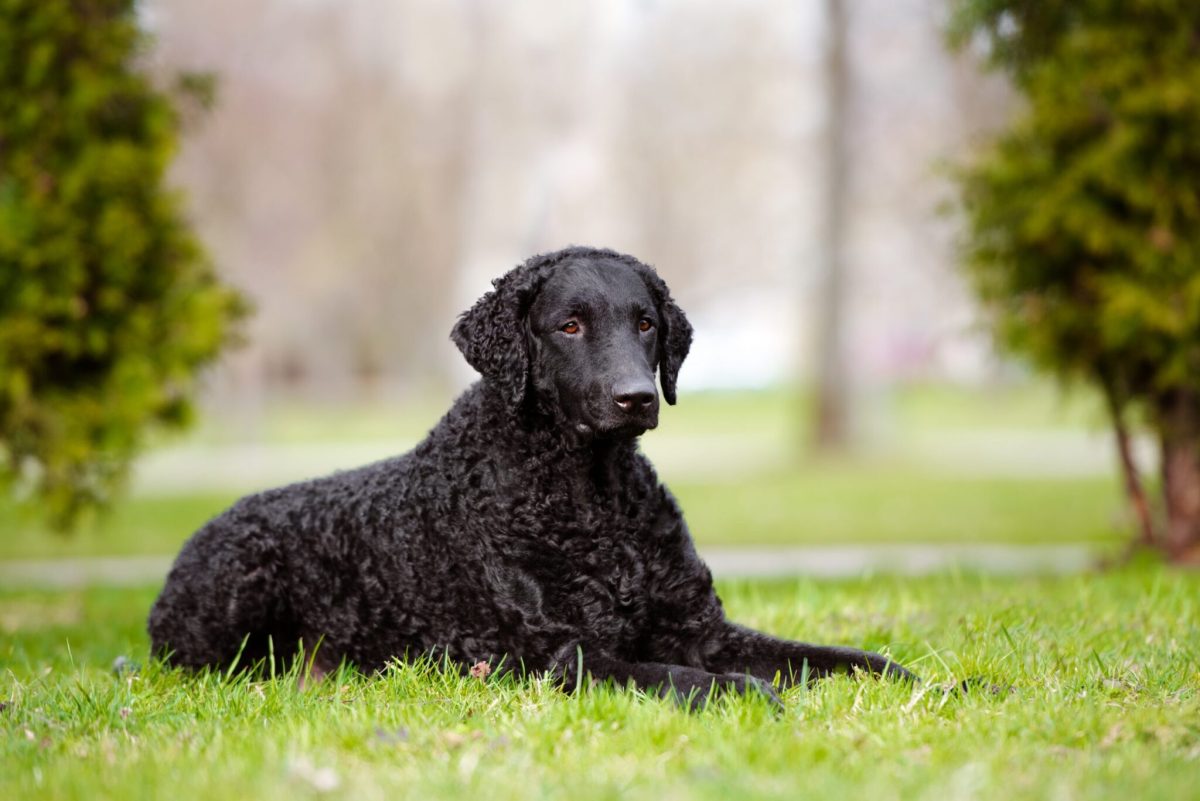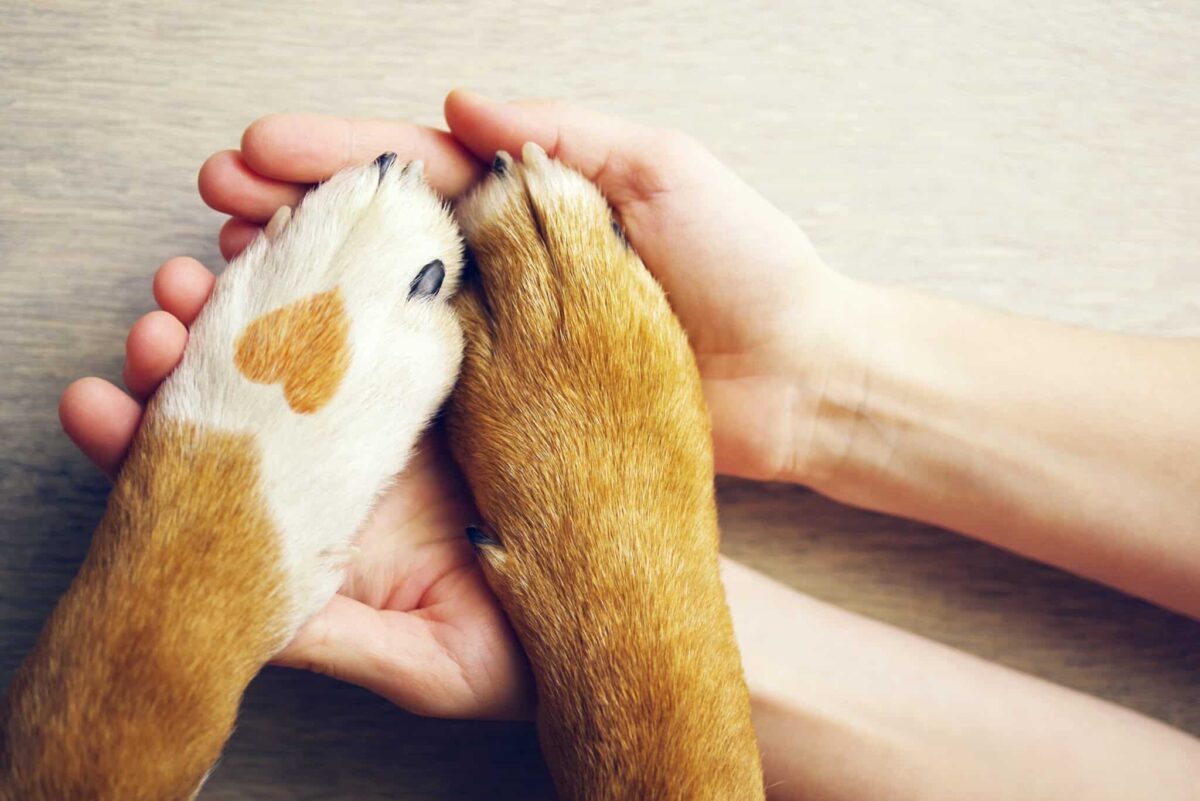 Shutterstock
Shutterstock
For cat lovers prone to allergies, finding a furry companion that won’t trigger sneezes and sniffles can feel impossible. Fortunately, several cat breeds produce fewer allergens, allowing many allergy-sensitive individuals to enjoy a cat-friendly home. Hypoallergenic cats tend to have lower levels of the allergenic protein Fel d 1, which causes allergic reactions. While no breed is entirely allergen-free, some make much better companions for allergy sufferers. Here are some feline friends known for their hypoallergenic qualities, offering cuddles without the need for tissues.
Siberian Cat
 Shutterstock
Shutterstock
The Siberian cat, with its luxurious coat, may look like an allergy nightmare, but it’s surprisingly hypoallergenic. This fluffy breed naturally produces lower levels of Fel d 1, the allergen primarily responsible for cat allergies. Siberians have a thick, water-repellent triple coat and are known for being affectionate and friendly. They’re also highly social cats that thrive around people, making them excellent companions. Siberians shed seasonally, so regular grooming can help minimize allergens further. For people who love fluffy cats but worry about allergies, the Siberian offers a perfect balance of beauty, warmth, and lower allergenic effects.
Balinese Cat
 Shutterstock
Shutterstock
Balinese cats, known as the “long-haired Siamese,” produce less Fel d 1 allergen, making them a great choice for allergy sufferers. Their elegant, silky coats may look high-maintenance, but they don’t shed excessively, helping to minimize allergens in the environment. Balinese cats are also affectionate, intelligent, and vocal, forming strong bonds with their human families. This breed’s hypoallergenic qualities, combined with their friendly and social nature, make them ideal for families or individuals seeking a low-allergy feline companion with lots of personality and charm.
Devon Rex
 Shutterstock
Shutterstock
The Devon Rex, with its unique, curly coat, is another excellent option for people with allergies. Unlike typical feline fur, the Devon Rex’s coat is soft, thin, and sheds less, reducing the amount of dander in the environment. This breed has a quirky, playful personality and loves to be the center of attention. Their hypoallergenic trait, coupled with their affectionate and people-oriented nature, makes them a popular choice among families with allergies. The Devon Rex’s unique appearance, minimal shedding, and low allergen production make them a top contender for allergy-conscious cat lovers.
Cornish Rex
 Shutterstock
Shutterstock
Cornish Rex cats, like the Devon Rex, have a curly coat that sheds minimally, making them an allergy-friendly option. They have a single layer of soft, downy fur, unlike most cats with a double or triple-layer coat. This unique coat type results in less dander, which helps reduce allergens in the home. Cornish Rexes are known for their playful, energetic personalities and are often described as “eternal kittens.” Their hypoallergenic properties, combined with their active, affectionate nature, make them ideal for families who want a fun-loving, allergy-friendly pet.
Sphynx
 Shutterstock
Shutterstock
The Sphynx, famous for its hairless appearance, is one of the most hypoallergenic cat breeds available. Without fur to trap allergens, Sphynxes produce minimal dander, making them suitable for people with cat allergies. While they lack a traditional coat, Sphynx cats have an incredibly warm, suede-like skin that makes them surprisingly cuddly. Sphynxes are known for their affectionate, playful nature and love being around people. Although they require regular baths to manage natural oils on their skin, their hypoallergenic qualities and unique appearance make them popular among allergy sufferers looking for a devoted, quirky pet.
Russian Blue
 Shutterstock
Shutterstock
Russian Blue cats have a short, dense double coat and produce lower levels of Fel d 1, making them less likely to trigger allergic reactions. Their fur, which sheds minimally, helps keep allergens from circulating in the environment. Russian Blues are known for their reserved, gentle personalities and are often very loyal to their human families. They’re an ideal option for allergy sufferers who want a quiet, hypoallergenic companion with an elegant appearance. The Russian Blue’s minimal shedding, hypoallergenic protein levels, and calm demeanor make them an attractive choice for those with mild allergies.
Bengal
 Shutterstock
Shutterstock
Bengal cats are known for their exotic, leopard-like appearance and low allergen production. With a short, sleek coat, Bengals shed less than many other breeds, reducing the spread of dander in the home. Their fur is more similar to a pelt, which means it produces fewer airborne allergens. Bengals are highly energetic and intelligent, making them interactive pets that love to engage with their humans. They’re an ideal breed for allergy-prone families looking for a hypoallergenic cat with an exotic look and playful, active personality.
Oriental Shorthair
 Shutterstock
Shutterstock
Oriental Shorthair cats are closely related to the Siamese and have a similar lean, elegant appearance. They have a short, sleek coat that doesn’t shed excessively, which helps reduce allergens. Oriental Shorthairs are intelligent, social, and enjoy interacting with people, making them great companions. This breed’s hypoallergenic nature, combined with their lively personality, makes them a popular choice for those seeking an allergy-friendly, affectionate pet. With their low-shedding coat and friendly disposition, Oriental Shorthairs provide allergy sufferers with an energetic, hypoallergenic cat.
Javanese
 Shutterstock
Shutterstock
The Javanese cat, a close cousin to the Balinese, also produces fewer allergens and is considered hypoallergenic. Their single-layer coat is less likely to shed heavily, which helps minimize dander. Javanese cats are known for their intelligence, playfulness, and vocal nature, often developing strong bonds with their human families. They’re affectionate and enjoy being involved in family activities, making them a great choice for allergy sufferers seeking a loving, interactive cat. With minimal shedding and a hypoallergenic profile, the Javanese cat provides a charming, allergy-friendly companion.
Burmese
 Shutterstock
Shutterstock
Burmese cats have a short, silky coat that sheds minimally, making them a good choice for people with allergies. Although they’re small to medium-sized, Burmese cats are muscular and sturdy, known for their affectionate and people-oriented nature. Burmese cats are social and form strong bonds with their families, often following their humans around the house. Their hypoallergenic quality and outgoing personality make them excellent family pets. The Burmese’s sleek, low-shedding coat and loyal nature make them ideal for allergy sufferers who want a hypoallergenic pet with a big personality.
Ocicat
 Shutterstock
Shutterstock
Ocicats, despite their wild appearance, are domesticated cats with hypoallergenic qualities. They have short, smooth coats that produce fewer allergens and shed minimally, making them a viable option for allergy sufferers. Ocicats are social, active, and enjoy being part of the family, often displaying dog-like loyalty. They’re intelligent and can even learn tricks, making them fun companions for families who enjoy interactive pets. The Ocicat’s hypoallergenic coat, combined with its friendly and energetic personality, makes them an excellent choice for allergy-conscious pet lovers who appreciate a wild look with a domestic touch.
Cats Are Purr-Sonalized Companions
 Shutterstock
Shutterstock
If allergies have ever stood in the way of cat companionship, these hypoallergenic breeds offer a breath of fresh air. From the fluffy Siberian to the nearly naked Sphynx, these cats come with their own unique charms—and they won’t leave you reaching for a tissue. Each breed has hypoallergenic traits that reduce allergen levels, giving allergy sufferers the opportunity to enjoy the love and companionship of a feline friend without the sniffles. So, whether you’re looking for a playful Bengal or a calm Russian Blue, there’s a hypoallergenic cat ready to make your heart and home a little happier.

 1 month ago
9
1 month ago
9


















 English (US) ·
English (US) ·